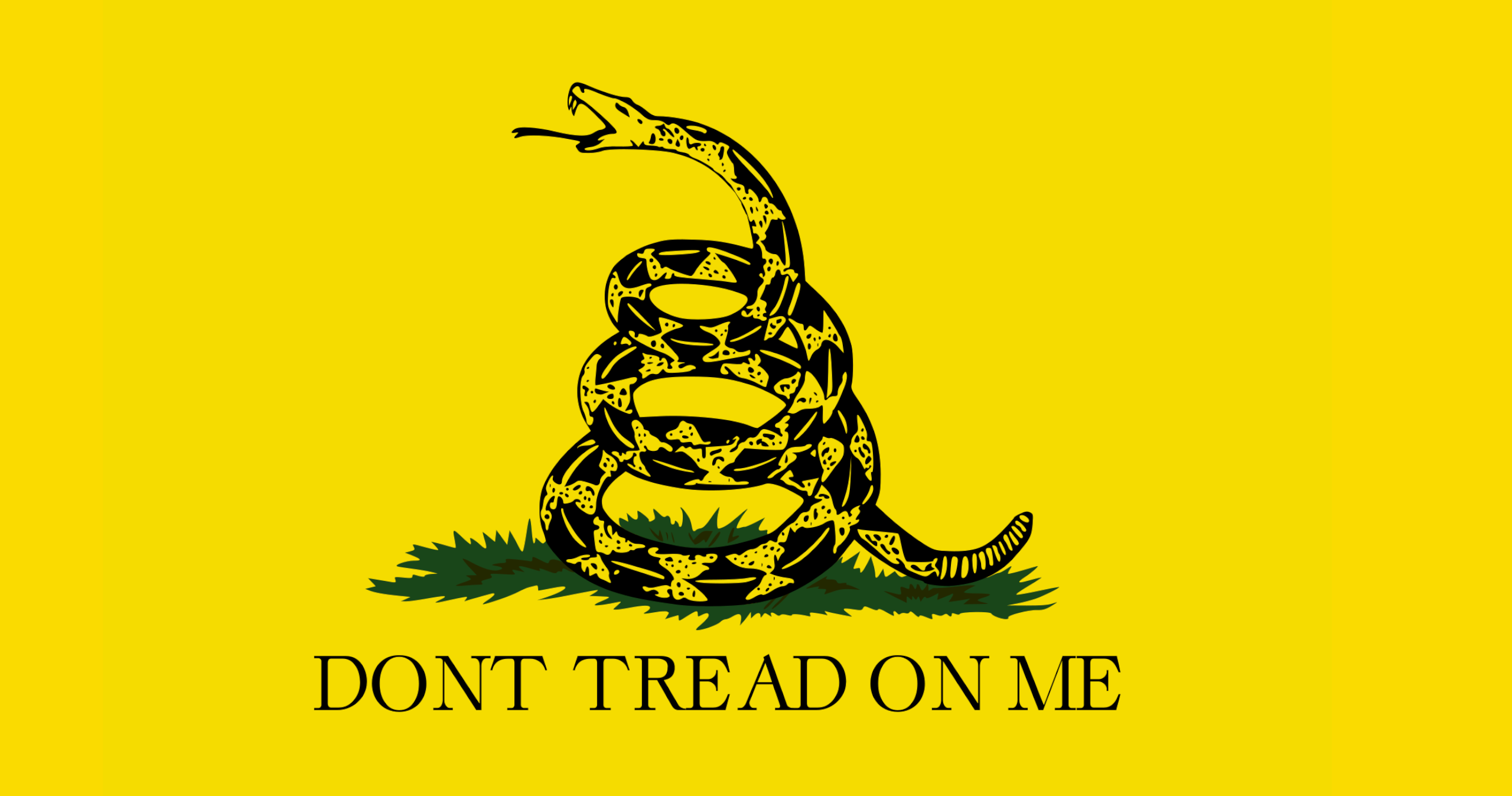Monroe County was not exempt from this outbreak, and in September of 1918, the county recorded its first several hundred cases of the deadly flu.
On September 30, 1918, Stroudsburg Burgess C.L. Edinger and East Stroudsburg Burgess Carl Brown issued a statement to the residents of the two boroughs. The two elected officials indicated the presence of the deadly Spanish Flu in the two communities and encouraged all of the townspeople to accept their own responsibility to remain healthy.
Residents were urged to avoid contact with one another, and children were to be kept away from other children. Area children were permitted outside, but “within their own gates…not confined to the house, because sunshine is good for them.”
The two burgesses closed down public meeting places, including schools, theaters and churches until the threat of the flu was gone. Special instructions were given to avoid contact with the “matter that is spit, sneezed or coughed up” and not to use a “cup, spoon, knife, fork or other dishes which have been used by others unless they are first thoroughly washed in boiling water.” Individuals were to shy away from sharing pipes, cigars, pencils, napkins, or toys used by others.
Three days following the self-imposed quarantine of Stroudsburg and East Stroudsburg, more cases of the flu were reported. The Morning Press newspaper reported that the Lackawanna Railroad platform looked like a “desert island in mid ocean” while across town, 105 employees of the Erie car shops called out of work. Some of the men were not ill, but they had to serve as caregivers to family members who were infected with the virus.
By October 4, 1918, most of the daily business conducted in the two downtown areas had ceased. Mills shut down, merchants locked their doors, and the newspaper operated on a skeleton crew and only distributed small editions of their publications. The state Commission of Health recognized the severity of the Monroe County outbreak and took the closures seriously. On October 5, state officials expanded the quarantine and issued a formal declaration stating, “the Board of Health is directed to close all public places of entertainment, including theaters, moving picture establishments, saloons, and dance halls, and to prohibit all meetings of every description until further notice from this department.”
The writ dissuaded folks from visiting any sick person and to “make funerals private.” Any person caught violating the order was to be “punished with a fine of not more than $100 or by imprisonment not exceeding one month or both at the discretion of the court.”
While Stroudsburg and East Stroudsburg had the most cases of the flu (given the density of their populations), other areas in Monroe County were affected. Cherry Valley had “quite a few cases,” while families in the Smithfield Township area were “sorely affected.” The Bogert family of 11 reportedly was in “critical condition” and the Van Why family of seven was in “serious condition.”
By October 7, the Board of Health set up emergency hospitals to care for the high number of infected residents. The Fulmer Hotel in Stroudsburg, the Prospect House in East Stroudsburg, and The Maples in Bushkill all served as makeshift care facilities.
The constant need for medical professionals to care for sick patients was so great and the increase in cases was so alarming that doctors were unable to see every ill person. The establishment of these centralized facilities provided local country doctors some relief from trying to travel throughout the county to see their patients, and the “hospitals” provided the greatest opportunity for those afflicted to receive medical attention. Two doctors and four nurses were sent to the Monroe County emergency hospitals by the state. Doctors and nurses from the Scranton area as well as from Bangor traveled to Monroe County to assist with the high number of cases.
Others assisted the ill in different ways. The Van Etten Company’s truck was “pressed into service” to serve as an ambulance, the Lackawanna Railroad agreed to ship a “large amount of gauze” in a freight car, and the Red Cross pledged to ship face masks “as each and every person [was] requested to wear one.”
October 10 saw the first signs of the flu outbreak’s subsidence. Fewer cases were reported than had been in the previous several days. Doctors were able to be relieved, and hospital beds began to empty. One hundred new cases were reported, but that number was down from the 200-350 daily cases that had been typical over the previous weeks. By this time, there were only 3,500 active cases of the flu reported in the county.
As the reported cases of the flu began to dwindle, residents were encouraged to fumigate their homes and businesses. An instruction guide from the state Department of Health as to the proper method to fumigate an area was to add “one pound of sulphur to a room to be placed in an old kettle and that must be placed in a tub of water. The sulphur is then lighted and the room closed tight and kelp closed for six hours.”
Six weeks following the first reported cases of the deadly Flu of 1918 in Monroe County, the quarantine was lifted. On November 3, church services were once again held to record attendance, and by November 5, most local businesses were able to re-open, including the saloons. Across the state, it was reported that 1,429 people died from the influenza.
The Flu of 1918 was deadly for Monroe County residents. It is recorded that every person had a family member, or knew of a fellow resident, who had died from complications of the virus. The pastor of the East Stroudsburg Methodist Church officiated 36 funerals in 14 days. The Grace Lutheran Church pastor held 14 funerals throughout the outbreak; four of those were for children.
 Barrett Community Portal
Heart of the Poconos
Barrett Community Portal
Heart of the Poconos
1918: Influenza hits Monroe County
By Amy Leiser, Executive Director
Monroe County Historical Association
The influenza virus has been in existence for thousands of years. Since humans began domesticating livestock and living alongside them, the flu has been an illness that has plagued our species. Greek philosopher, Hippocrates, first described flu symptoms 2,400 years ago, but it wasn’t until 1933 that the influenza virus was correctly identified in humans by scientists and researchers Christopher Andrews, Patrick Laidrow, and Wilson Smith.
There have been documented epidemics and pandemics of the influenza virus for hundreds of years, but the Influenza Outbreak of 1918 was the worst on record. During the Spring of 1918, mild cases of the flu were reported across the globe, but by autumn of that year, the flu virus had hit pandemic proportions all over the world. The 1918 flu, also known as The Spanish Flu or La Grippe, killed an estimated 50 million people. By comparison,16 million people died during World War I. Individuals who caught this particular strain of the flu deteriorated quickly; some died within 24 hours of contracting the virus.



















